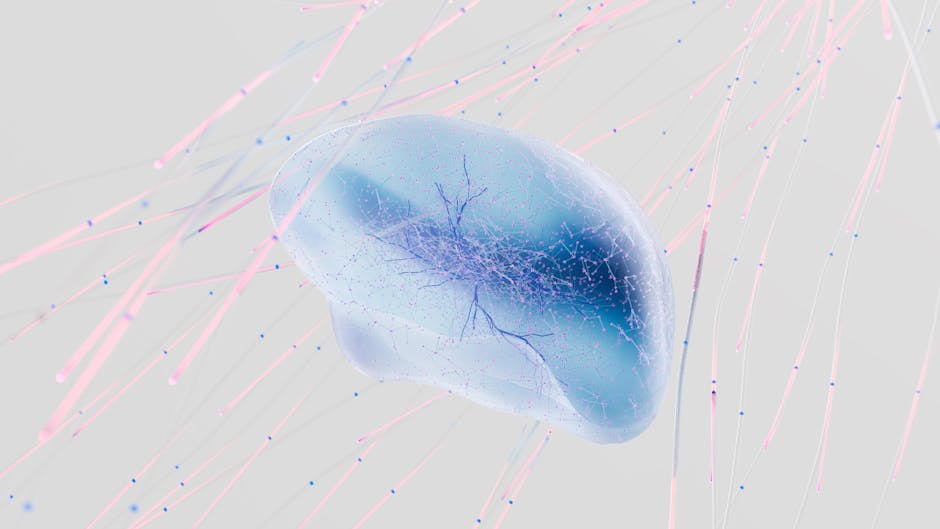
Understanding Distributed Computing: A Beginner's Guide
What is Distributed Computing?
Distributed computing is a model in which a large problem is divided into smaller tasks that are processed concurrently across multiple computers or servers. This approach allows for efficient processing of complex computations by leveraging the combined power of several systems.
How Does Distributed Computing Work?
In distributed computing systems, each participating node works on a portion of the task. These nodes communicate and synchronize results to achieve a unified output. Technologies like message passing, cloud platforms, and parallel processing are essential components of this system.
Advantages of Distributed Computing
- Enhanced processing power for large-scale problems
- Improvements in fault tolerance and reliability
- Cost-effective scalability
- Flexibility in resource allocation
Common Applications
Distributed computing is widely used in areas such as scientific research, big data analysis, cloud services, and blockchain technology. By distributing workloads, organizations can handle data-intensive tasks efficiently.
To learn more about the principles of distributed computing benefits and how it is transforming technology, continue exploring related topics.
